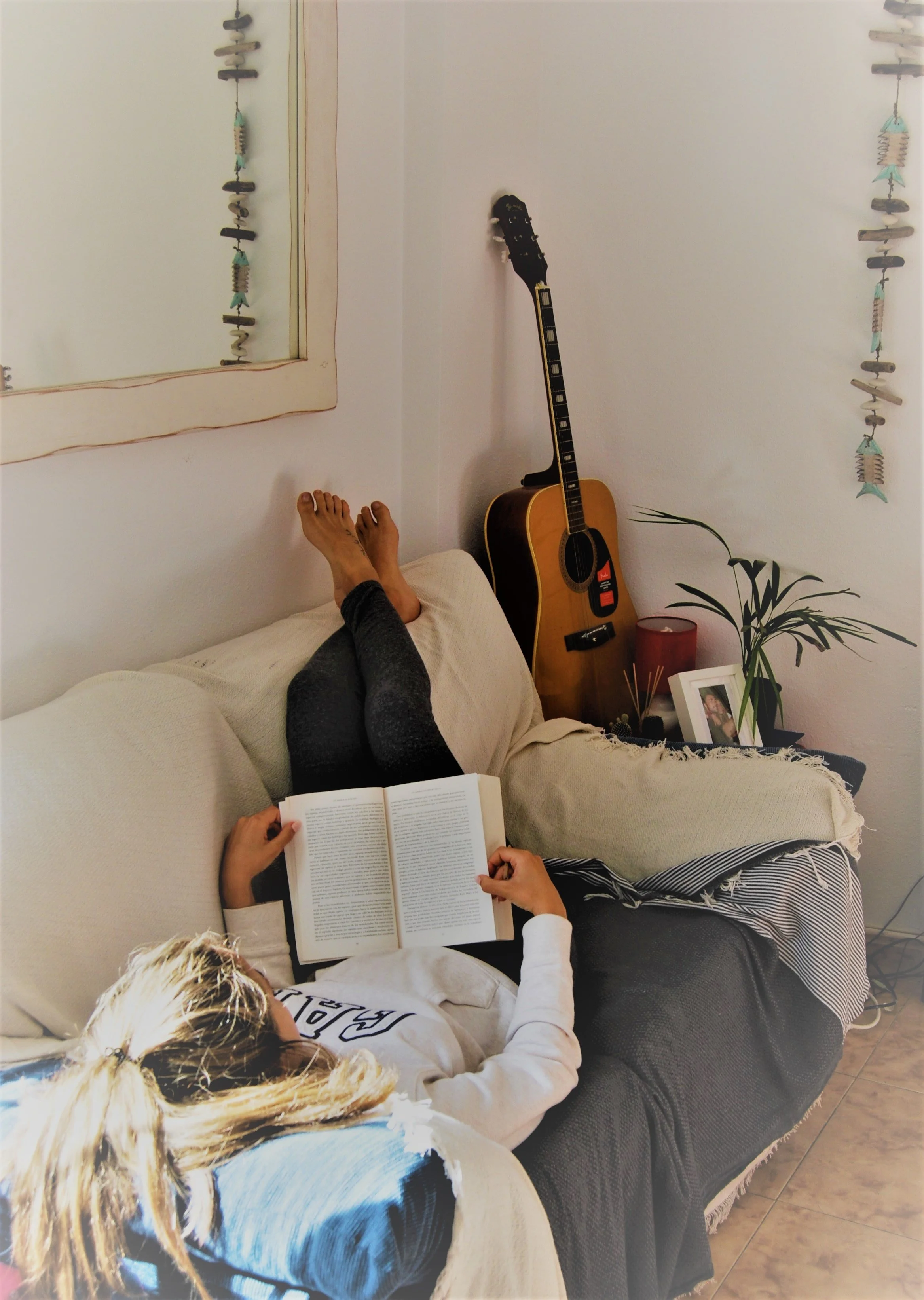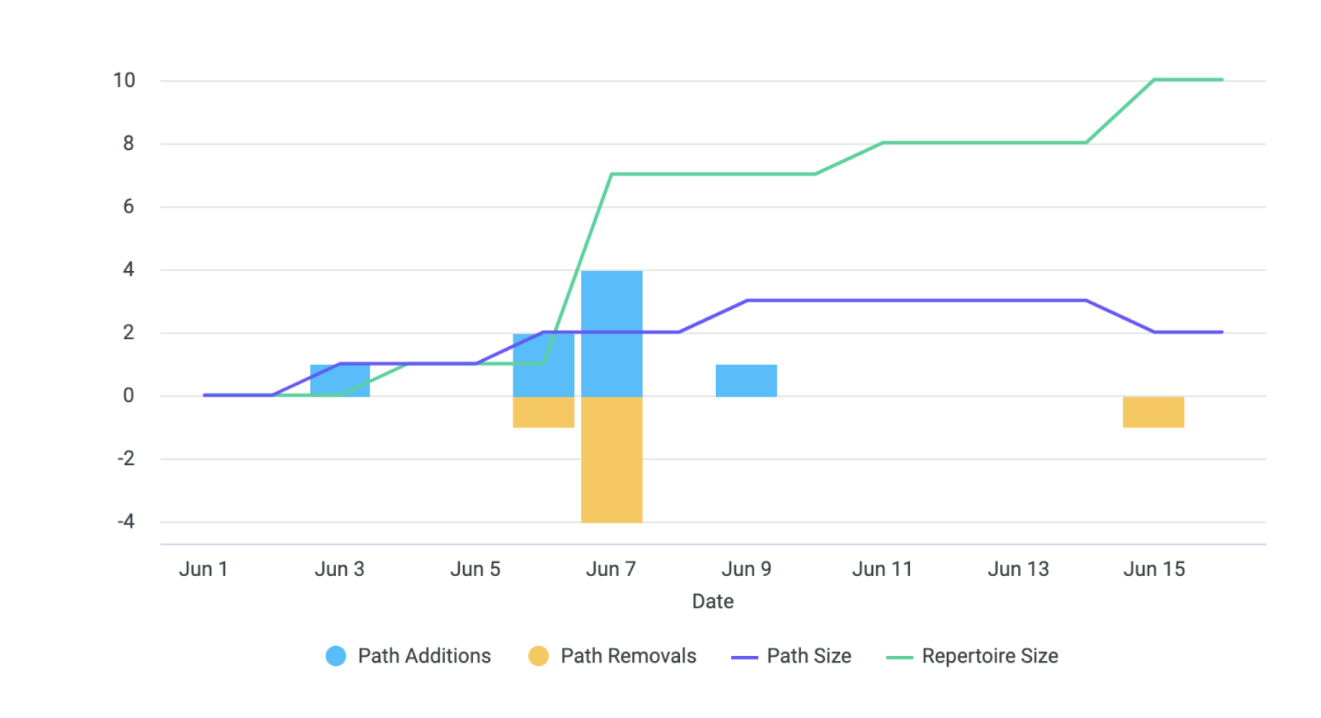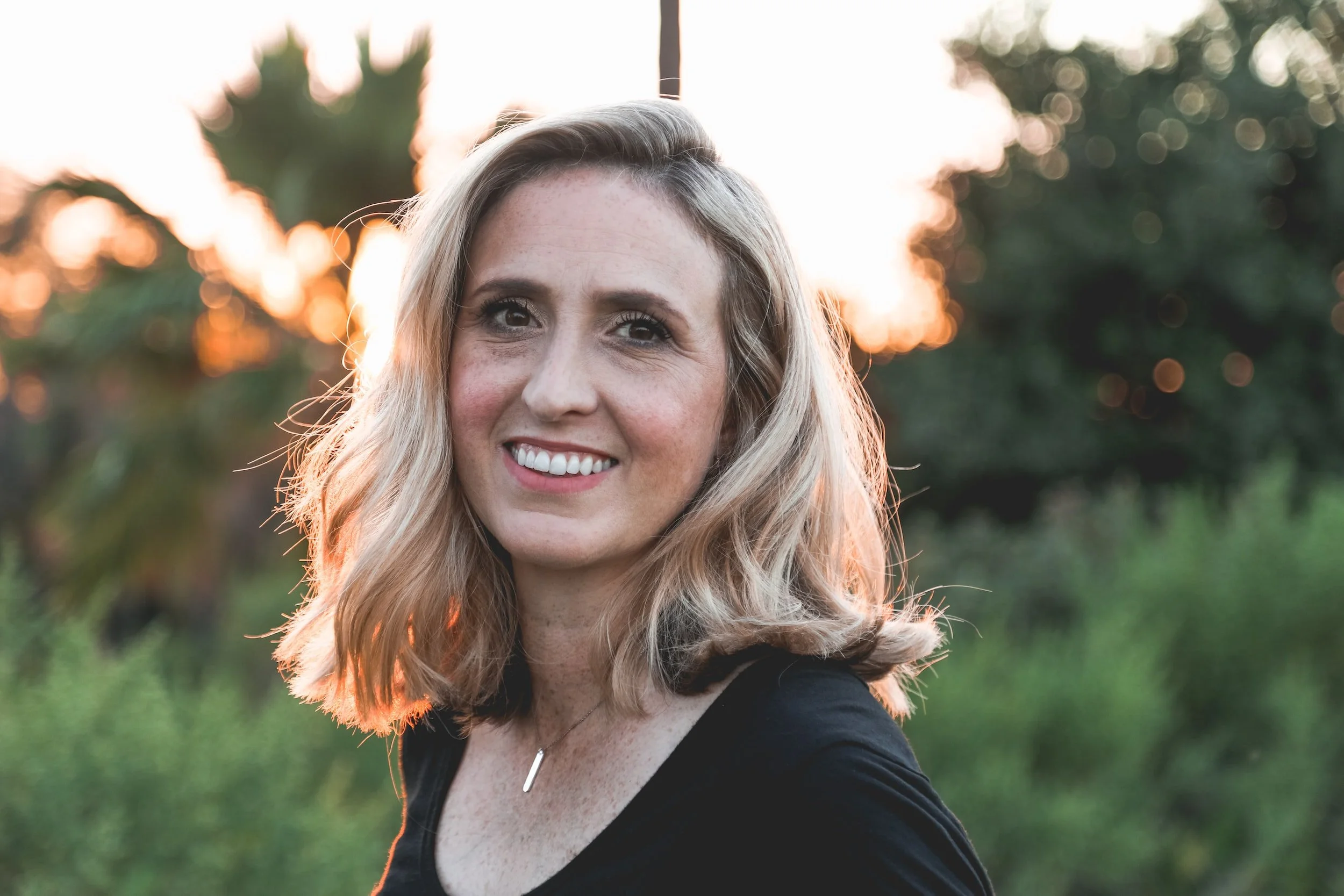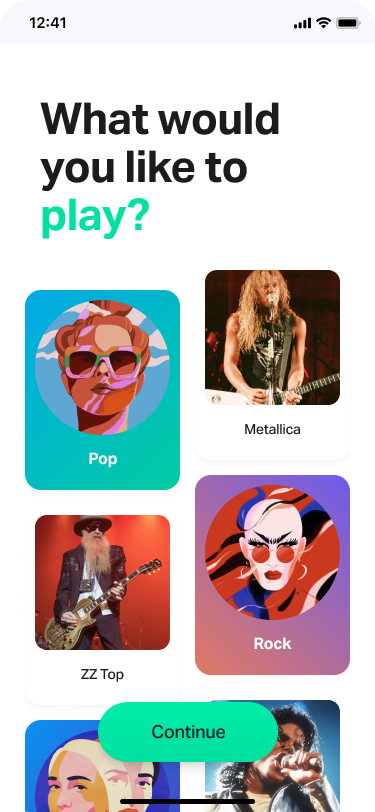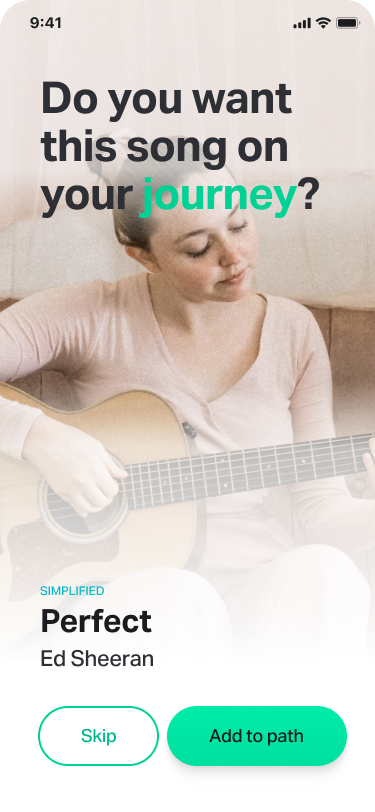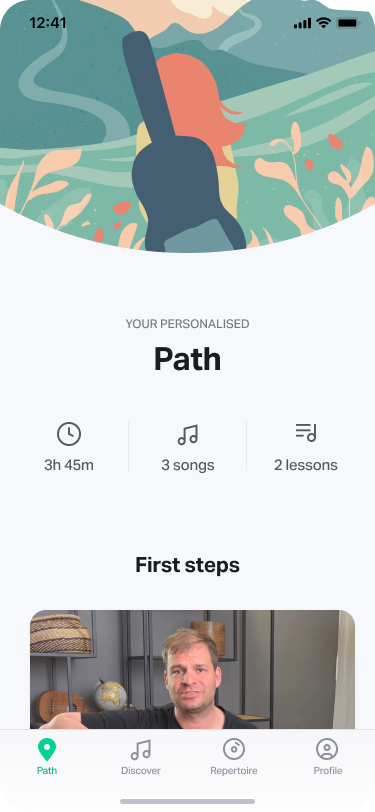Play the songs you love
Project background
The key concept of the Campfire app is to transform the stale guitar learning approach and make it truly personal. When learning to play guitar, it’s the users who should be able choose the songs they’d love to play, and Campfire will get them there. As a user, you will know which songs to learn first, get recommendations for exercises to build your skills, and you’ll see all of your goals ahead. The app automatically creates a unique learning path for every user.
You pick songs that truly inspire you, and let Campfire take care of the rest.
Reality
Users spend their free time doing a variety of things, and playing guitar is only one of them. Even though users would like to learn to play better, there are many activities competing for their attention. In reality, blaming lack of time, people rarely reach for their guitars.
Gap
Picking up the guitar is a lot of effort and often feels difficult. The perception is that there isn’t a simple easy way to learn. Taking weekly lessons is an expensive commitment, and figuring things out on your own seems daunting.
Aspiration
Users want to play the songs they love fluently enough to feel connected with the music and be satisfied with their own performance. Some might dream about playing for friends and family, but their own enjoyment is the main motivation.
Problem space
USER PROBLEMHow do I learn to play
the songs I love?
I want to learn to play fluently, so that I can have fun and connect with music. Practicing is a struggle, but the reward of expressing myself with the guitar and playing songs I love is motivating. I want to learn to play music I can connect with - familiar songs that relate to a memory or with a meaning. I am not interested in learning everything, just the things that matter to me and the type of music I enjoy. I just don’t know how to organize my learning.
COMPANY PROBLEMHow do we keep
users activated?
The retention of the product is low - most of the users browse the songs in the app, try one and never come back.
We want the users to set up their musical journey - to have meaningful goals to achieve and a the vision of success in their mind.
Methodology
In real working life, you need to constantly adjust to stakeholders, team, development stage and, of course, the product at hand. What I found works best for me is to be flexible while staying true to the principles behind well-known methodologies.
Good design:
puts the user in the center
is iterative
involves team members and stakeholders
follows data
allows for wide exploration
continuously increases your understanding of user, problem or solution space
Solution space
CONCEPT EXPLORATIONCampfire automatically creates a unique learning path for every user, based on the songs they choose. The app arranges the selected songs in the order that’s the most optimal for learning. It gives recommendations for exercises to build guitar skills and enables the user to see all of the goals ahead.
In the concepting phase of this project, I have explored the idea of the Path trying to push it to the creative limits and figure out what it’s role, prominence and forcefulness should be in the wider context of the app.
I have proposed 5 ideas on a scale from the most subtle to the most forceful and workshoped it with the team, discussing pros and cons of each solution and selecting the ideas we would like to test further.
IDEA 1/5You don’t even know you’re following a Path
On the least forceful end of the spectrum, we suggest to the user the recommended order of playing songs by arranging them into sections of increasing difficulty on the home page.
The user gets full freedom and agency, but is still hinted on to the recommended course of action.
IDEA 5/5Path is the one
and only thing
The most forceful solution makes following the Path the main action in the app. Path is the new home page, and the search in only accessible via Add to path action. The user is hand-held through the learning experience, reducing the risk of them straying from the optimal path, but at the same time they lose the sense of exploration.
IDEA 3/5Life is better when
you use Path
This solution encourages the user to use the Path, but we do not make it obligatory. It has two equally important - free playing and guided learning.
User has the choice of which way of learning they prefer, but at the same time there is no clear indication of what is the main thing this app is about.
Testing & validation
When introducing new concepts and new iterations, we have invited employees who are beginner guitar players for a rapid feedback round. This gave us easy access to get the first learnings from people who really care about the success of the product.
HALLWAY TESTINGEvery week we invited two new beginner guitar players to visit the office and try the new features we were working on at the time. This gave us an opportunity to iterate fast and learn from real potential users (with no internal bias and industry knowledge).
WEEKLY USER TESTINGAfter a release of a big feature, I conducted bigger diary studies that allowed us to learn about usage patterns over a longer period of time. The diary study allows us to dig deeper and get an insight into how the experience nad understanding of the value of the app evolves with continuous usage.
DIARY STUDYWith an app that is new on the market, it is tricky to work with meaningful numerical data. There are just not enough users to obtain significant results. But even if you cannot look at a usage funnel yet, you can observe how particular personas experience the app and where they spend the most time.
ANALYTICSNEW USER“The app is so bright and vibrant, it makes me wanna play more. With this progression system, who wouldn’t want this app? ”
NEW USER